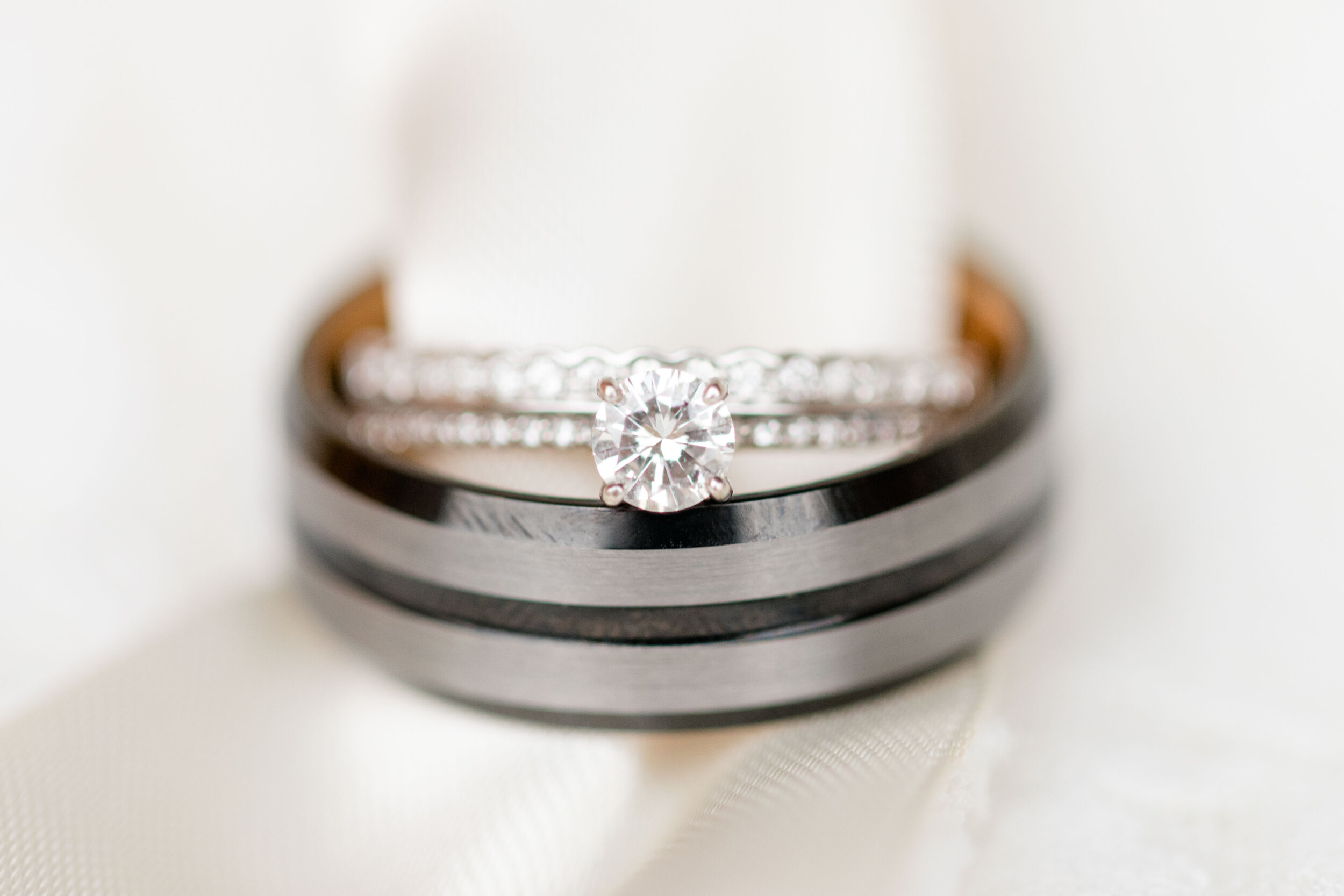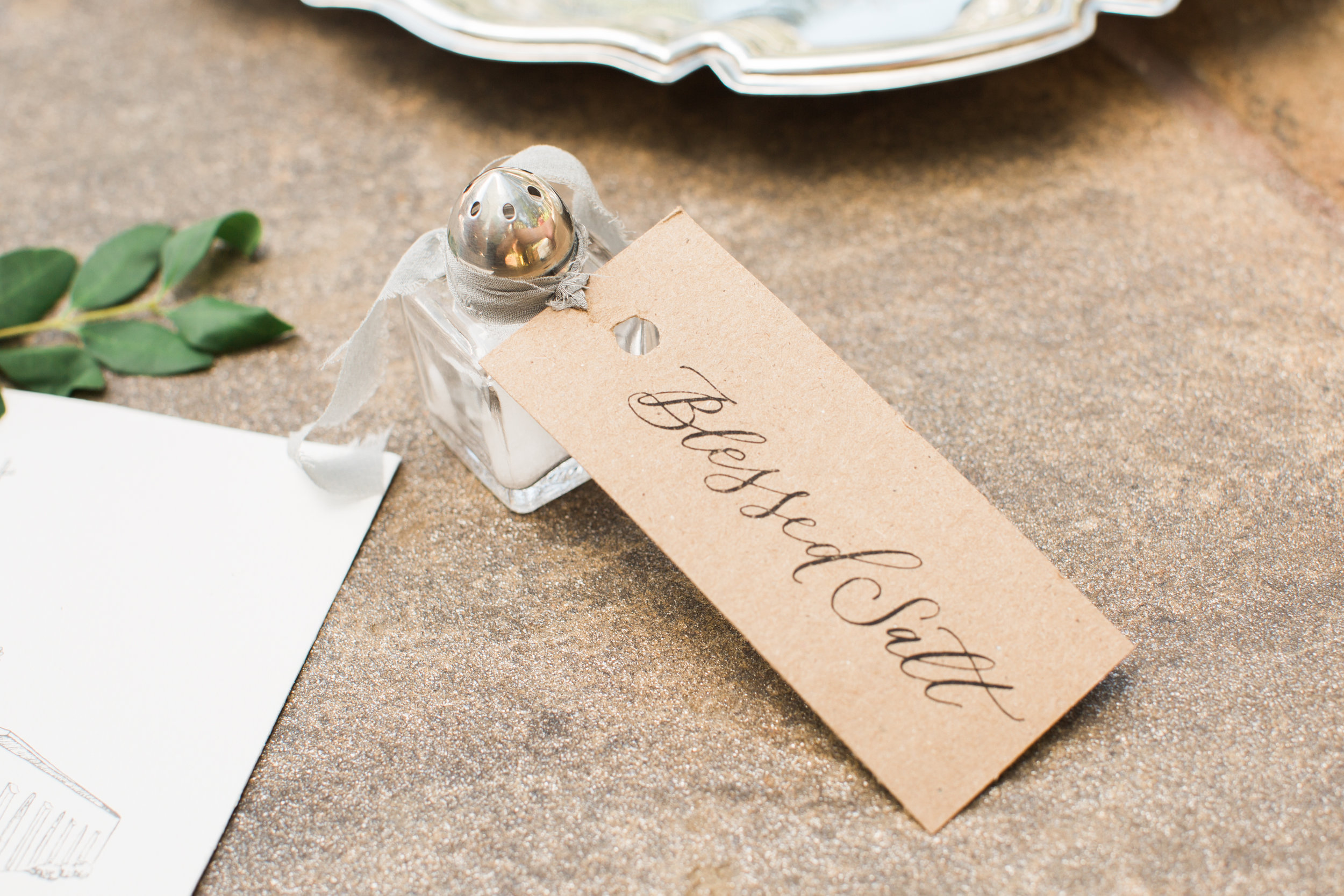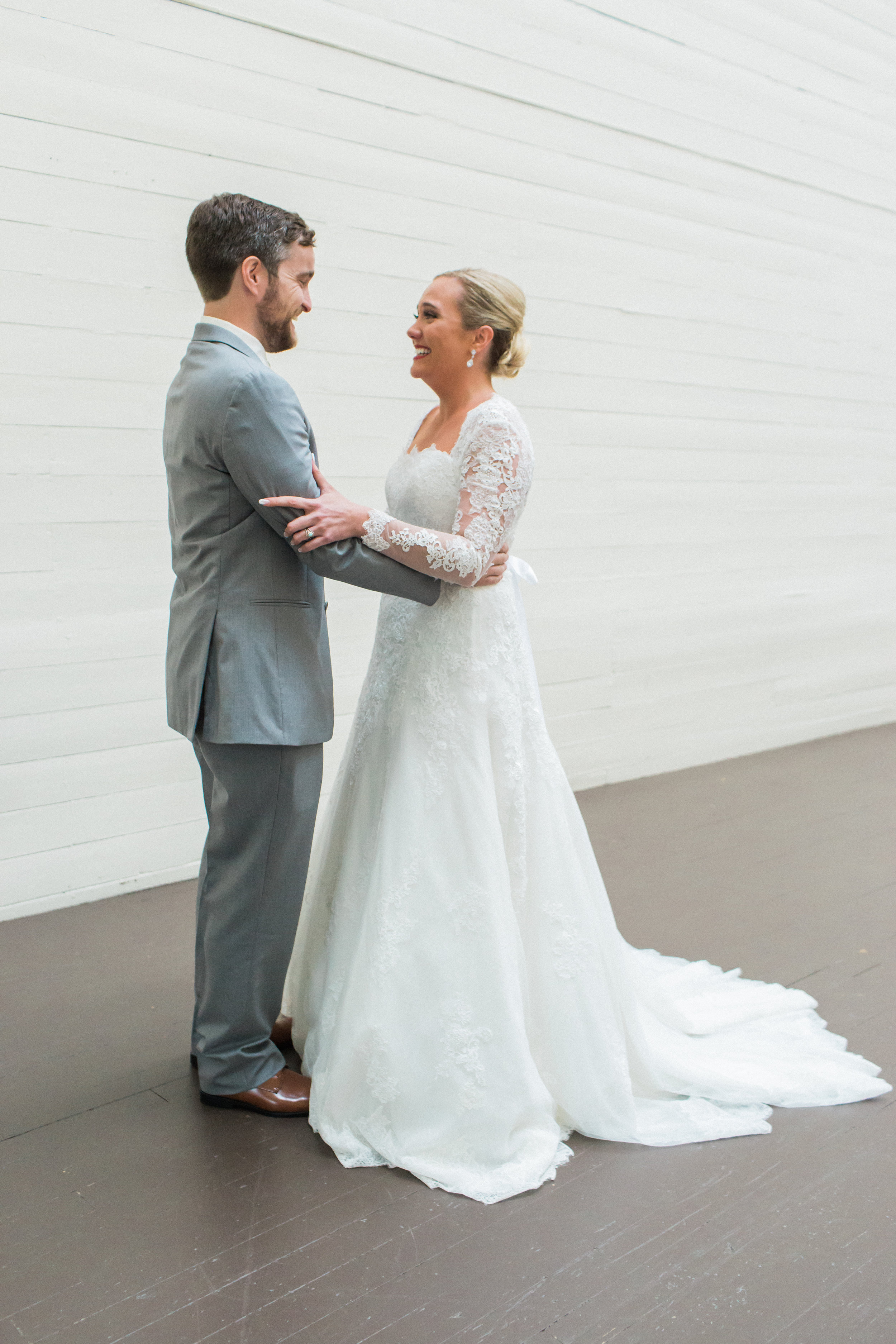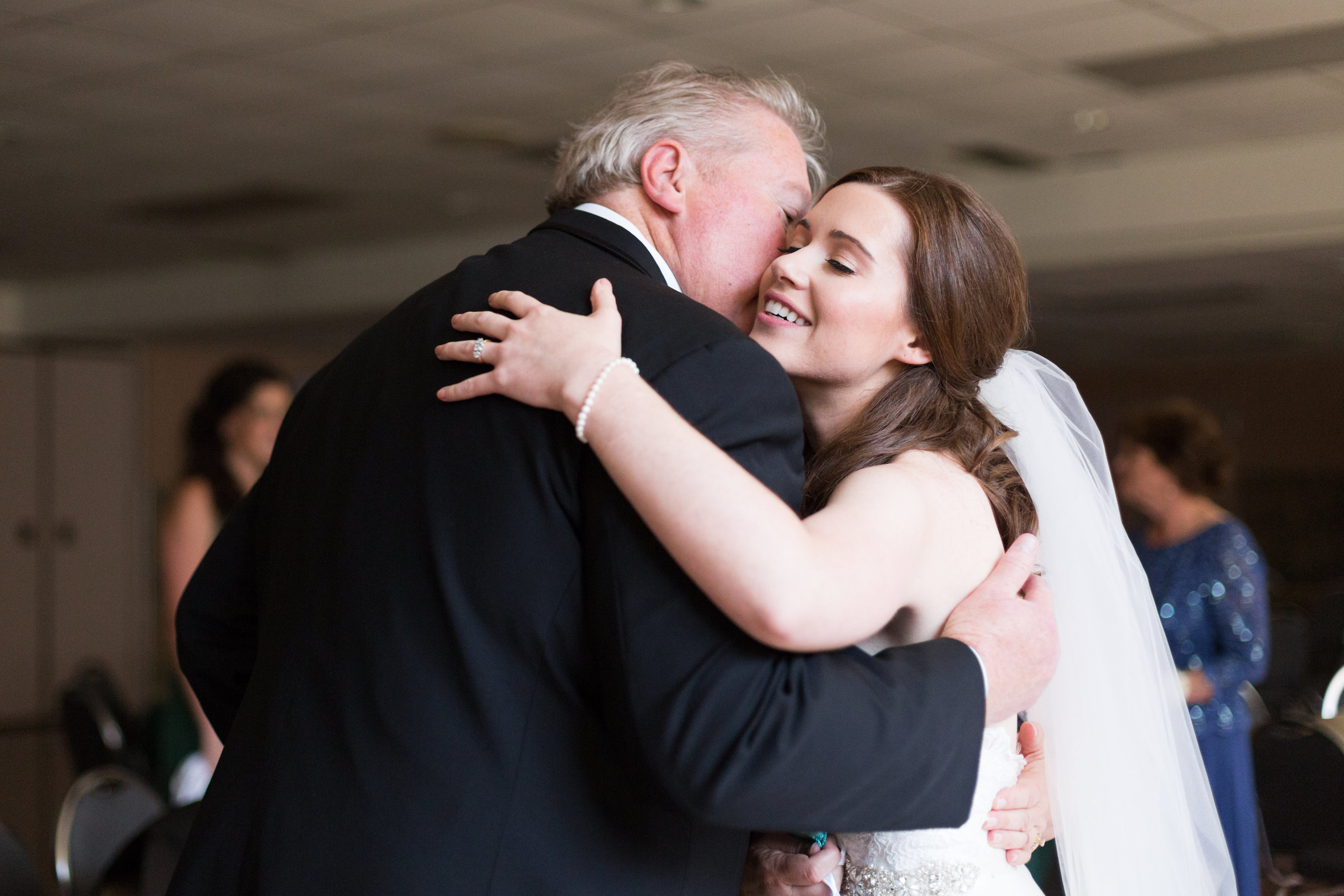3 Tips for Choosing Your Mass Music
/CLARE SIMILIE
Picking the readings and the music for your wedding Mass is an opportunity to show the beauty of the sacrament. And while it can be fun to choose the music, it can also be a daunting task. There is no end to options for liturgical music and if you haven’t grown up singing in a Church Choir, you may not know where to begin. Here, some helpful tips and suggestions to get you started.
Photography: An Endless Pursuit as seen in Robyn + Greg’s Spring Garden-Inspired Wedding
Talk with your fiancé.
Do you imagine all the Mass parts sung in Latin? Do family members have strong opinions about what instruments belong inside a Church? Many of our Church music preferences have been deeply ingrained in us from our Mass-going days throughout our lives. You may assume your fiancé wants, for instance, to walk down the aisle to a guitar Matt Maher song like you do, when in reality he envisions Gregorian chant. You never know until you discuss it! If your tastes differ, be willing to compromise, like opting for a traditional Ave Maria along with a more modern Offertory hymn.
Get on the same page with your Music Director.
While it’s good to have some idea what music you and your fiancé like, having your parish’s Music Director on board will ease much of the selection process. Many parishes have a guide with certain rules about what pieces you’re permitted to use--for example, did you know Wagner’s “Heres comes the Bride” is not used at Catholic Weddings? It’s helpful to familiarize yourself with the rules beforehand to prevent any conflict. Then, have an open mind! Chances are, the director has been doing this a long time and will have great advice and suggestions.
Research, research, research.
Once you know what the both of you are drawn to and have guidelines from your Music Director, it’s time for the fun part: actually choosing the music. If you don’t even know where to start, think back to your experiences at Mass: Are there any songs that particularly move you? Ones you love grabbing the hymnal and singing along to? You might also consider asking recently married friends about their selections. Put together a Spotify list of any potential songs, and once you have lots of options, take a day to go through the list together and pick some favorites. If you are still stuck, below is a list of suggestions:
In the end, your wedding Mass, including the music, is a prayer you are offering to God. The beauty of music lifts our souls higher. If you approach your selections with that in mind, you will not fail.
About the Author: Clare Smillie works in development for her diocese's local social service. She is passionate in her work for the Church and enjoys volunteering with her parish and Young Adult Group, and is looking forward to her Summer 2018 wedding. Clare and her fiancé, both graduates of Thomas Aquinas College, bonded over their love of Aquinas, G.K Chesterton and C.S Lewis. Her current favorite saint is Theresa Benedicta of the Cross, a.k.a. Edith Stein, and is inspired by Theresa's love of the intellectual life and pursuit of truth. Clare loves her home state of Montana and is a (very) amateur wedding cake baker.






















































